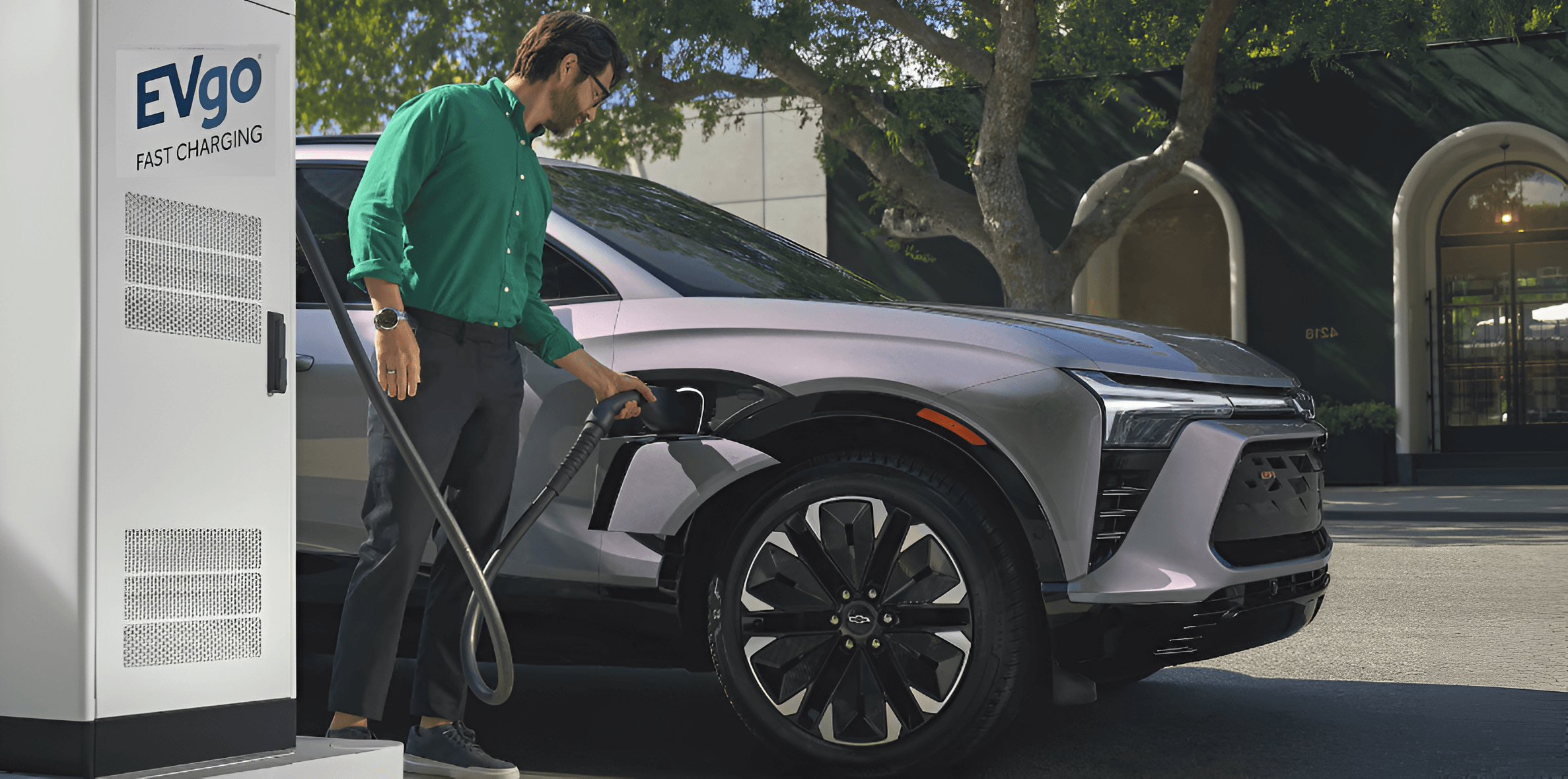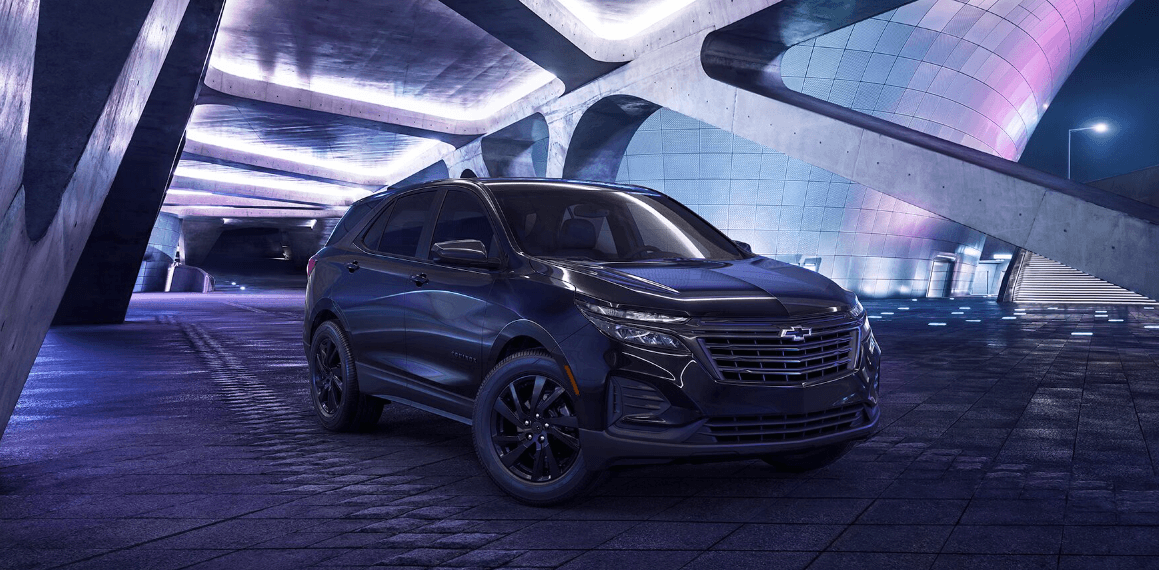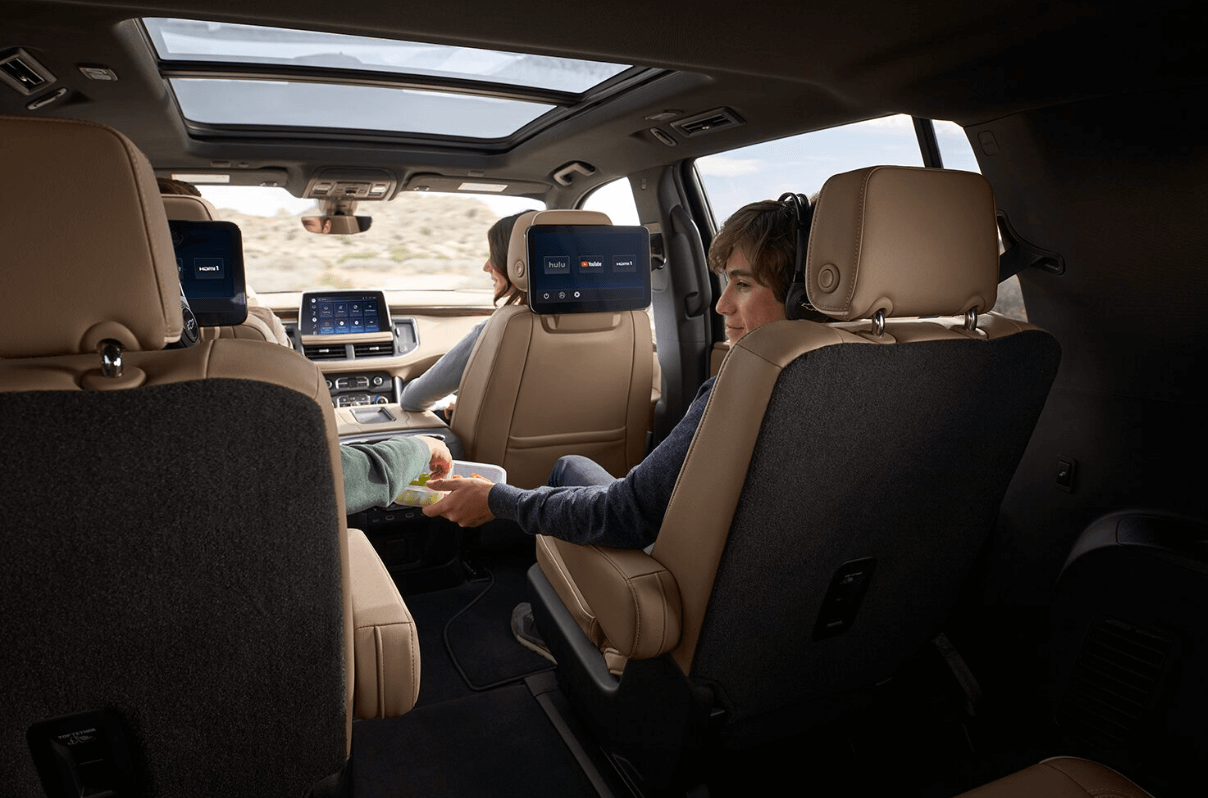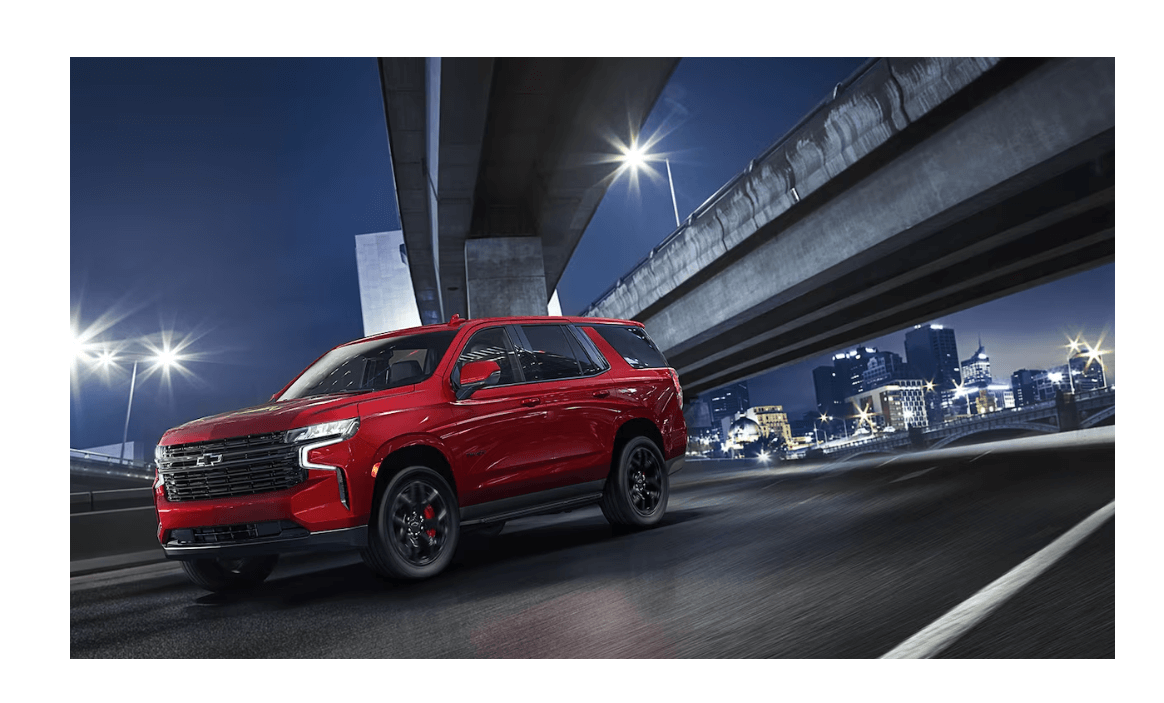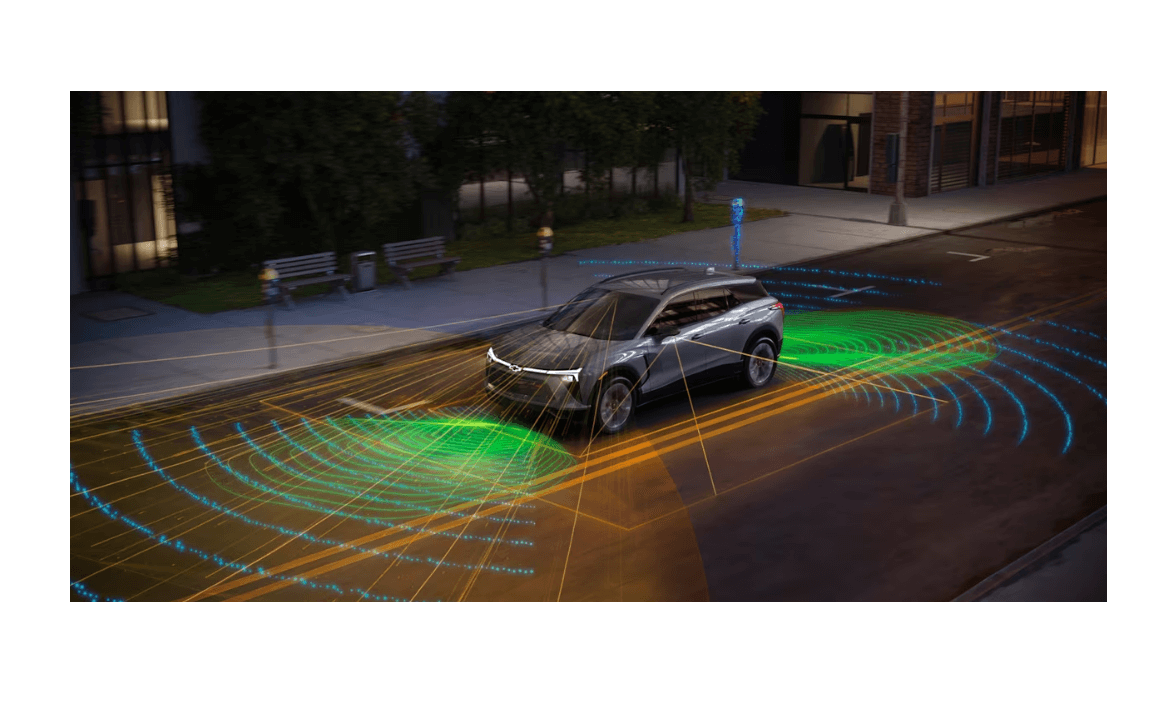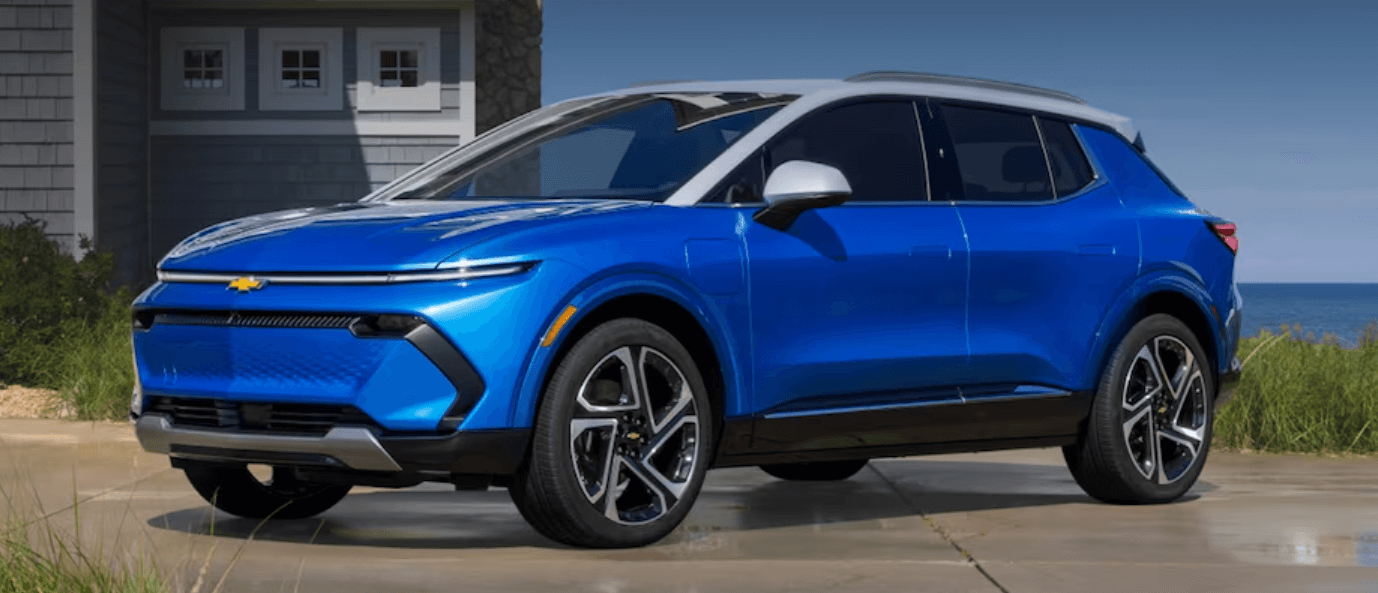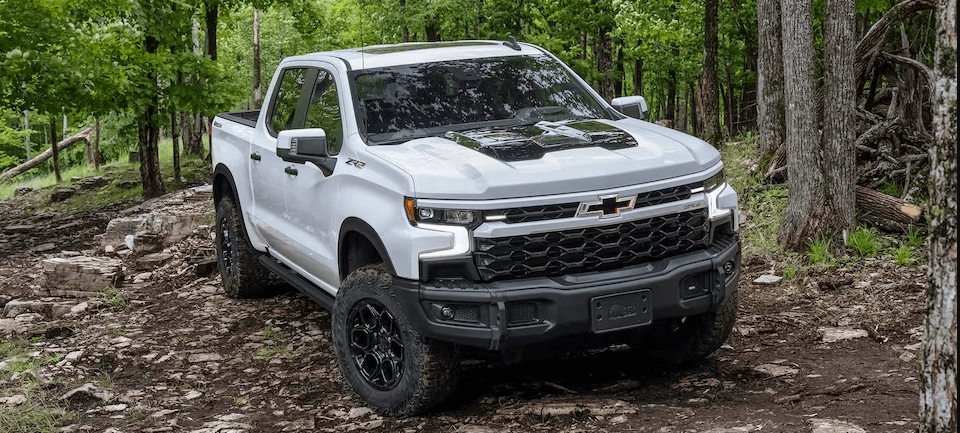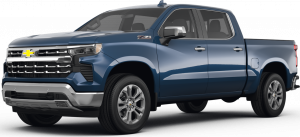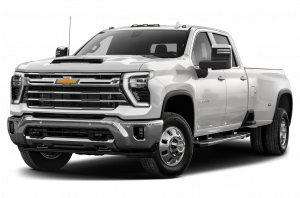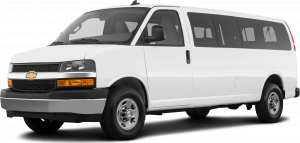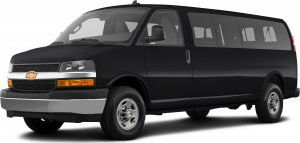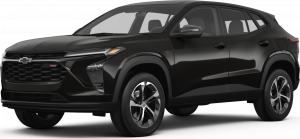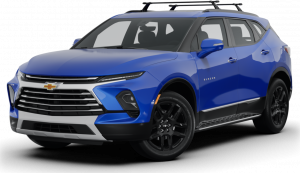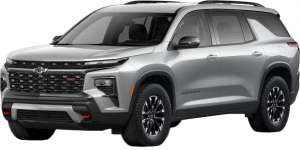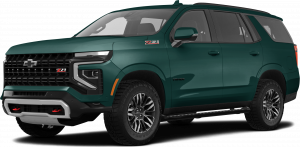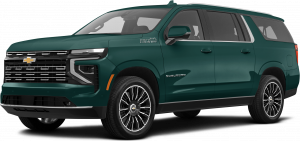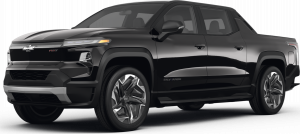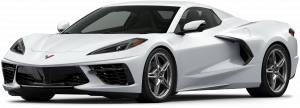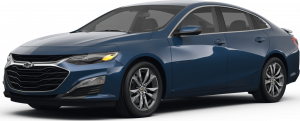In the vibrant community of Redlands, fostering strong personal relationships is more than just a social nicety—it's a cornerstone of daily life that enhances both personal growth and communal well-being. From the bustling markets of State Street to the tranquil paths of Prospect Park, opportunities abound for nurturing bonds that can profoundly impact our lives. This article delves into practical strategies for building meaningful connections in Redlands, highlighting how these relationships can lead to increased happiness, support systems, and a more fulfilling community experience.
Building Strong Personal Connections in Redlands: Key Strategies and Benefits
In a world increasingly driven by digital connections, the importance of building strong personal relationships cannot be overstated. These relationships form the cornerstone of our mental and emotional well-being, offering support during times of stress, celebrating moments of happiness, and providing a sense of community and belonging.
The benefits of cultivating deep personal relationships are profound and far-reaching. On an emotional level, close relationships provide a buffer against the psychological stresses of life. Studies consistently show that individuals with strong social ties have lower levels of anxiety and depression and higher self-esteem. Moreover, these relationships furnish us with a sense of purpose and belonging, which are fundamental to personal satisfaction and happiness. In the realm of physical health, the advantages are equally significant. People with robust social support networks tend to have better health outcomes, particularly as they age. They face a lower risk of many major health problems, including cardiovascular disease and high blood pressure, and even have better survival rates for serious conditions like cancer. This could be linked to the positive behaviors that strong relationships promote—such as a balanced diet, exercise, and adherence to medical regimens—as well as the direct effects of good company on stress reduction.
Cultivating Meaningful Connections
Building strong personal relationships does not occur by chance; it requires intentionality and effort. It starts with communication, the bedrock of any relationship. Effective communication involves not only talking but more importantly, listening. Active listening, where you listen to understand rather than to respond, helps in building trust and shows that you value the other person’s perspective.
Another crucial aspect is empathy, the ability to put oneself in another's shoes. Empathy fosters emotional connections and can significantly strengthen the bond between individuals by showing an understanding of the other's feelings and experiences without judgment. Furthermore, consistency is key in relationships. Regular interactions and check-ins can create a dependable framework for relationships to flourish. Whether it’s a simple text message or a weekly coffee meet-up, staying in touch can go a long way in maintaining and deepening bonds.
Maintaining strong relationships over time requires continuous effort and adaptation. As people grow and change, so do their relationships. Openness to change and the flexibility to adjust to new circumstances are essential. Celebrating each other’s successes, supporting each other through failures, and finding solutions to conflicts together are all practices that can sustain relationships over the long haul. It’s also vital to invest in activities that build memories and shared experiences, such as traveling together, taking on a mutual hobby, or engaging in community service. These activities not only create fun memories but also strengthen bonds by fostering a deeper understanding of each other’s values and interests.
The endeavor to forge and maintain strong personal relationships is one of the most significant investments one can make. The benefits are not only felt in moments of need but also enrich day-to-day life and contribute to long-term happiness and health. In Redlands, where community ties are valued, taking the time to nurture personal connections can transform lives. As we navigate the complexities of modern life, the simple act of connecting deeply with others around us is a profound source of joy and strength.
Pro-tips on how to create Strong Personal Relationships
Building strong personal relationships is both an art and a science, requiring attention, empathy, and continuous effort. Here are some practical tips on how to create and nurture these relationships effectively:
-
Be an Active Listener: Active listening is foundational in building trust and understanding. It involves fully concentrating on what is being said rather than passively hearing the message of the speaker. Show that you are listening by nodding, maintaining eye contact, and not interrupting while the other person is speaking.
-
Communicate Openly and Honestly: Clear and honest communication helps prevent misunderstandings and builds a robust foundation for any relationship. Don’t shy away from expressing your thoughts, feelings, and concerns but do so respectfully and tactfully.
-
Show Appreciation and Recognition: Everyone likes to feel appreciated. Small acknowledgments like saying "thank you," complimenting a job well done, or recognizing someone’s effort can go a long way in strengthening a relationship.
-
Spend Quality Time Together: Relationships thrive when time is set aside to share experiences. Whether it's a regular dinner date, a weekly check-in call, or participating in a shared hobby, these interactions create opportunities for deeper connections.
-
Support and Encourage: Be there to support your friends and loved ones in times of need. Offer help without being asked, provide encouragement during challenging times, and celebrate their successes as if they were your own.
-
Respect Boundaries: Healthy relationships require respect for each other’s boundaries. Understand and respect the limits others set about their time, energy, and interactions, and communicate your own boundaries clearly.
-
Practice Empathy: Try to see things from the other person’s perspective. Empathy builds a deeper connection and understanding, helping to navigate through conflicts more effectively.
-
Be Consistent and Reliable: Consistency builds trust. Being someone others can rely on in all situations, from following through on promises to being on time, shows that you value the relationship.
-
Handle Conflicts Constructively: Conflict is a natural part of any relationship. Address disagreements with maturity and a focus on finding solutions rather than winning an argument. Listen to understand, use "I" statements to express how you feel, and work together to find a mutually satisfying resolution.
-
Cultivate Self-awareness: Understanding yourself can help you interact positively with others. Reflect on your interactions and be aware of how your words and actions are perceived. Continuous personal growth not only benefits you but also your relationships.
By integrating these practices into your daily interactions, you can build and maintain strong, healthy relationships that enrich both your life and the lives of those around you.
Engaging with Redlands Community at Tom Bell Chevrolet
Embracing the art of relationship building in Redlands offers more than just fleeting interactions; it provides a foundation for enduring support and mutual growth. By actively engaging with others through listening, empathy, and shared activities, residents can forge bonds that not only enrich individual lives but also strengthen the entire community. Whether it’s through community events, local gatherings, or simple daily interactions, the benefits of cultivating strong personal relationships are immense. As we continue to connect with those around us, we create a thriving network of support and collaboration that makes Redlands not just a place to live, but a place to belong.
In the heart of Redlands, Tom Bell Chevrolet stands not only as a beacon of automotive excellence but also as a vibrant part of our community, connecting people and fostering relationships. At our dealership, we understand that a car is more than just a vehicle; it's a part of your daily interactions and adventures. We invite you to explore our New Inventory to find the perfect car that meets not just your needs but enhances your lifestyle in Redlands. Consider our Pre-owned inventory for high-quality vehicles that promise reliability and value. For those looking to personalize their ride, Tom Bell Customs offers unique modifications. Don’t miss out on our Special Offers for the best deals. Thinking about financing? Our Soft Pull Application Finance application makes it easy to get pre-approved without impacting your credit score. Visit us at Tom Bell Chevrolet in Redlands and turn your car buying experience into a lifelong relationship.









